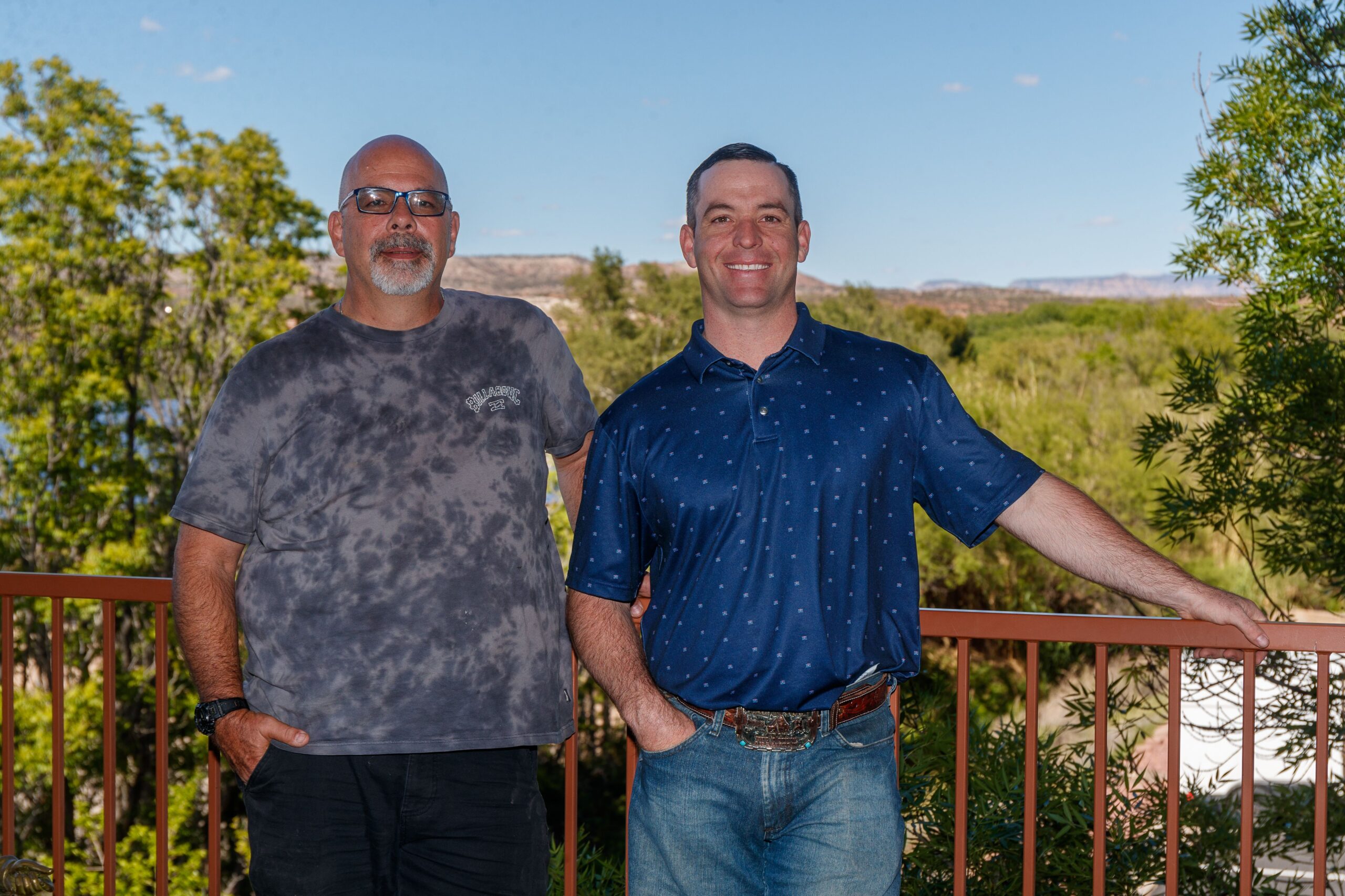This weekend, the annual Sedona Winefest came to Posse Grounds Park. While Winefest is great fun for the community, it underscores the long-term changes that will affect the Verde Valley economy in the years to come.
Prior to the Information Age, Sedona, Camp Verde, the tri-cities of Cottonwood, Clarkdale and Jerome, and their dependent incorporated communities were effectively economic islands along a quiet detour off Interstate 17.
Camp Verde was, and still is, primarily a ranching town anchored by Fort Verde. Cottonwood and Clarkdale were built for the copper mining and smelting industry centered on Jerome. Sedona was a sleepy town of ranches, orchards, filmmaking and light tourism. After water was discovered beneath Grasshopper Flat, Sedona’s housing boom began while in the Jerome area, the end of the mining industry meant those communities reshuffled their economies to serve their growing populations.
Even through these changes, the three anchor communities were isolated. However, better transportation allowed the growing tourism industry of Sedona to entice workers from in Cottonwood and Clarkdale to seek employment in resorts, hotels and restaurants. Meanwhile, working- and middle-class renters who couldn’t afford the increasing Sedona housing prices sought to buy affordable homes Cottonwood and Clarkdale.
The internet’s further inter-connectivity brought the communities closer together economically. More and more longtime Sedona residents seek homes in the Cottonwood area for lower rents and better access to shopping and services that the landlocked city simply can no longer offer. The growing wine industry of Page Springs and Clarkdale will likely change the Verde Valley even further in the years to come.
New hotels and resorts in other parts of the Verde Valley focused not on Sedona’s red rocks but on wine tourism are coming. When that boom begins, visitors will still come for Sedona’s red rocks, but more will instead come for the wineries, making secondary purchases at stores and restaurants, boosting tax revenue. The shared borders between Camp Verde, Cottonwood and the Verde Villages coupled with the widening of State Route 260 mean that in the years to come, a visitor may be able to exit Interstate 17 and drive all the way to the base of Cleopatra Hill toward Jerome without passing through a noticeable break of open desert between commercial and residential properties.
The “ghost town” mystique of Jerome and the budding art and social scene of Old Town Cottonwood, and unique stops like Out of Africa Wildlife Park and Cliff Castle Casino-Hotel may also entice visitors to stay for several days instead of merely passing through to Sedona or the Grand Canyon.
To more fully participate and encourage drivers to head right to Camp Verde instead of always turning to Cottonwood, the town should partner with other communities to crosspromote the downtown business district, which could grow into an active and vibrant area like Old Town Cottonwood and become a major tax revenue generator.
To properly adapt, residents must press officials to support business districts, boost efforts to create a vibrant and dynamic nightlife and encourage positive developments that keep our economy strong.


